Qi, Meridians, Yin & Yang: An In-Depth Look at Acupuncture
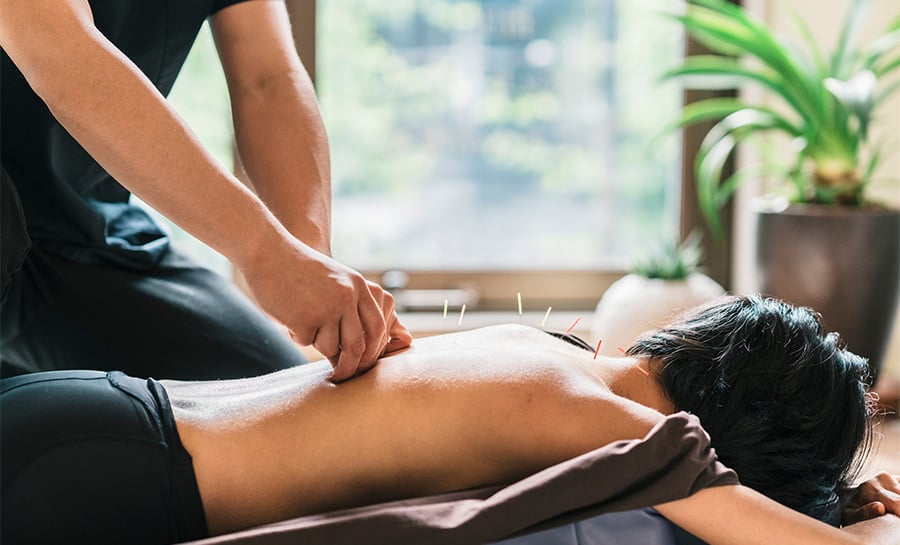
The depths and intricacies of Traditional Chinese Medicine (TCM), acupuncture and the principles of qi, meridians, yin and yang are endless.
In the west, acupuncture physicians are required to study in a 4-year master’s program before taking state and national board exams to become licensed to practice. Some even do two years beyond that for a doctoral degree in TCM because the medicine is so vast and there is much to learn beyond the curriculum.
Here’s an Introduction to these Traditional Chinese Medicine Teachings:
Qi (pronounced “chee”)
There are many translations for the Chinese word “qi.” The most common are “vital energy,” “life force,” or “prana” in Ayurveda. Many TCM practitioners agree that defining qi simply as “energy” is incomplete.
Another translation of qi is “vital air,” as described in ancient texts as vital vapor, air or the essence of air. Similarly, qi can be thought of as the essence of energy.
Oxygen and blood are intricately intertwined. Oxygen/qi flows with the blood in the vessels of the body to maintain life.
In TCM, qi is thought of as the commander of blood, and blood is the mother of qi. The ancient Chinese people understood that we extracted something essential to life from the air we breathed, and they knew that this vital air (qi) was circulated around the body to support our physiological processes.
When qi moves, blood follows. When qi stagnates, blood congeals.
“Da Qi,” defined as “Great Air,” comes from the air the lungs breathe in, and life force energy (or qi) is extracted from “Da Qi” for the rest of your body.
Our ancestors figured out how to retain this “great air” in the body by deep, slow breathing. This allows more time for the red blood cells to collect more oxygen molecules to deliver to cells throughout the body.
When qi moves, blood follows. When qi stagnates, blood congeals.
Thus, the more oxygen we breathe the more energy we will produce!
In ancient Taoist meditation, they would practice Qi Gong breathing which is slow, deep, long breaths using what was called the Tu Na method. This is said to provide the practitioner with healthy, balanced, free-flowing qi as opposed to deficient, excess or stagnant qi that would be considered unhealthy and imbalanced.
Tu Na Breathing Method:
1. Fully expand the abdomen during slow inhalation
2. Fully contract the abdomen during slow exhalation
Meridians (Luo)
The term “meridian” was introduced by Soulie de Morant as the translation for the Chinese word “luo.” Yet a more accurate description would be “vessels,” “pathways” or “channels,” and these terms are sometimes used interchangeably.
“Meridian” is typically used to describe the invisible longitudinal lines of the earth, while “vessels” are pathways through which vital substances flow throughout the body.
Acupuncture points are located subcutaneously along these meridians or vessels. There are 12 primary meridians and 8 extraordinary meridians. The 12 primary meridians are classified into yin meridians and yang meridians according to the yin or yang organs with which they are connected.
The 8 extraordinary meridians run deep within the body and supply qi and blood to the 12 primary meridians. They also represent our ancestral roots and genetic makeup.
12 Primary Meridians:
Learn about the 12 primary meridians, along with their time periods and the main emotions associated with them. The time periods relate to the 2-hour timeframe in which the qi is strongest within that meridian and associated organ.
Throughout a 24-hour time period, each meridian has qi that flows in either an upward or downward direction, from one meridian system to the next in the following order.
An imbalance in these organs can manifest in the form of their corresponding emotions.
- Lung (3am – 5am) grief, intolerance
- Large Intestine (5am – 7am) guilt
- Stomach (7am – 9am) disgust, greed
- Spleen (9am – 11am) worry, anxiety about the future
- Heart (11am – 1pm) joy, anger
- Small Intestine (1pm – 3pm) insecurity, sadness
- Urinary Bladder (3pm – 5pm) fright, impatient, restless
- Kidney (5pm – 7pm) fear, indecision
- Pericardium (7pm – 9pm) hurt, extreme joy, jealousy, regret
- Triple Burner/San Jiao (9pm – 11pm) hopelessness, depression, despair
- Gall Bladder (11pm – 1am) rage, wrath
- Liver (1am – 3am) anger, unhappiness
Yin and Yang
In the I Ching (Book of Changes), written in approximately 700 BCE, it is stated that all phenomena are said to be reduced to Yin/Yang. Balance is one of the most important concepts of Traditional Chinese Medicine.
Yin/Yang is a constant, continual flow through which everything is expressed on the one hand and recharged on the other.
The fundamental theory of yin and yang is based on the concepts of balance – balance in nature, in the seasons, in animals and of course within the human body.
According to this theory, the eloquent dance of life takes place in the alternating rhythm of yin and yang. They are inseparable – one cannot exist without the other – yet remain infinitely changing from one form to the other.
Yin/Yang is a constant, continual flow through which everything is expressed on the one hand and recharged on the other.
Yin
- Female
- Night
- Moon
- Water
- Dark
- Cool/Cold
- Inward
- Reflection
- Contracting
- Passive
- Slow
- Damp
- Right
- North
- West (Sunset = Yin)
Yang
- Male
- Day
- Sun
- Fire
- Light
- Warm/Heat
- Outward
- Energetic
- Expanding
- Active
- Fast
- Dry
- Left
- South
- East (Sunrise = beginning of Yang)
According to the book, Acupuncture: Restoring the Body’s Natural Healing Energy, “Day gives way to night, night to day; a time of light and activity (yang) is followed by darkness and rest (yin). Flowers open and close, the moon waxes and wanes, the tides come in and go out; we wake and sleep, breathe in, breathe out.
Yin/Yang is a constant, continual flow through which everything is expressed on the one hand and recharged on the other.
They are an inseparable couple. Their proper relationship is health; a disturbance in this relationship is disease.”
In the Huang Di Nei Jing, or The Yellow Emperor’s Canon of Internal Medicine, the paradoxical nature of yin and yang is further illustrated:
Yang has its root in Yin
Yin has its root in Yang.
Without Yin, Yang cannot arise.
Without Yang, Yin cannot be born.
Yin alone cannot arise; Yang alone cannot grow.
Yin and Yang are divisible but inseparable.
The Takeaway
As you can gather from these teachings, we must always seek balance in order to attain optimal health. By living in harmony with nature, the Chinese observed how the balance of yin and yang and the free flow of qi throughout the body is vital to health.
They were more in tune with nature and their surroundings when the Chinese medical system was developed, and from it was born a brilliant, intricate system comprised of qi, yin/yang, meridians, acupuncture points and the many connections to the organ systems as well as to different parts of the body.
In our fast-paced and quite often stressful society, we can learn from the wisdom that is deeply ingrained in Traditional Chinese Medicine and implement that balance in our everyday lives by slowing down, breathing and allowing balance to take hold.
You May Also Enjoy
How Holistic Treatments And Yoga Cured My Headaches
Work, family, and daily life stressors can cause headaches from time to time. We’ve all had these headaches at one point or another but they’re generally easily relieved by a few hours of sleep or a dose of ibuprofen. But what about chronic headaches?
Read »
Taylor Winn is an acupuncture physician, herbalist, birth doula, and the wellness expert and co-founder of Wellness Tribe. She has a passion for holistic living and inspiring others to live their well-thiest life. As an avid yogi and traveler, her wanderlust spirit has led her on adventures around the world. Discover more of Taylor’s wellness wisdom on the Wellness Tribe blog, wellnesstribe.com
Don't Miss These



This Month's Letter
From the Editor
Monthly motivation and food for
thought from our founder.

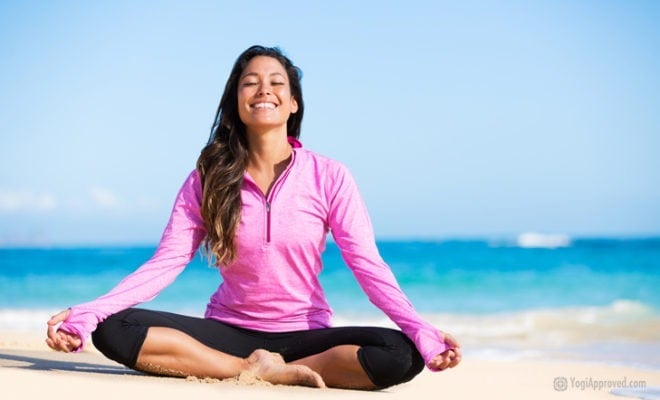
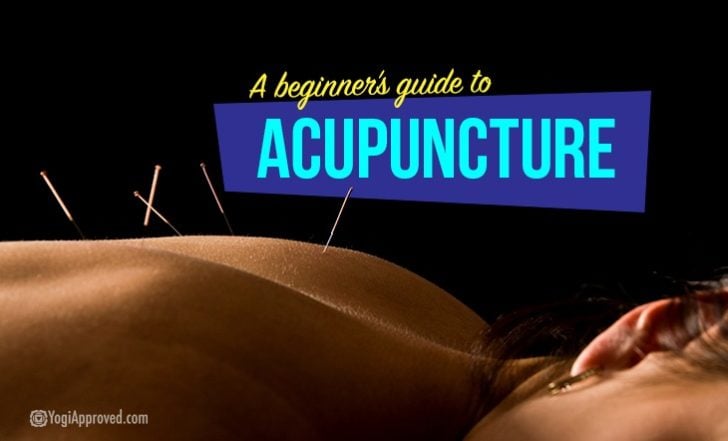
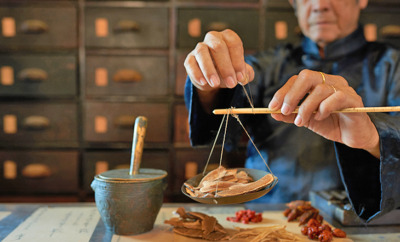
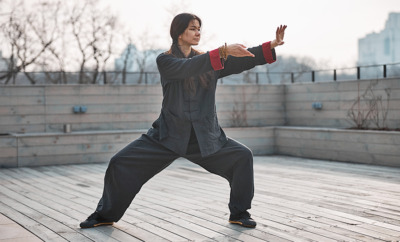
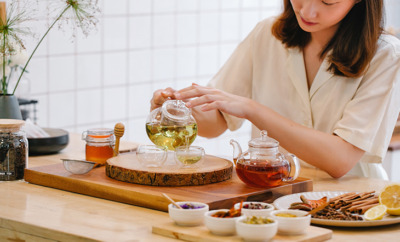
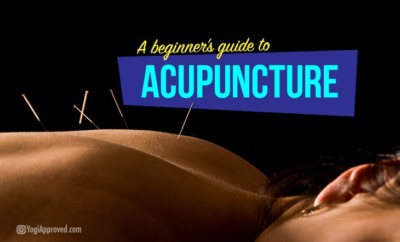

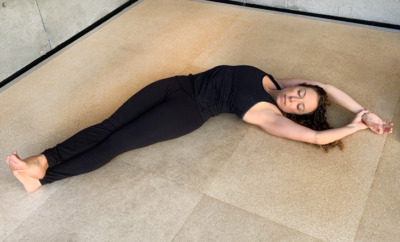





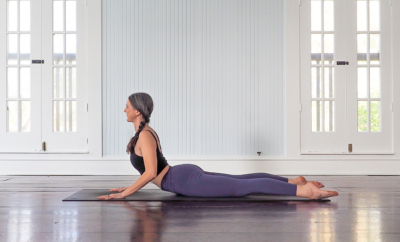

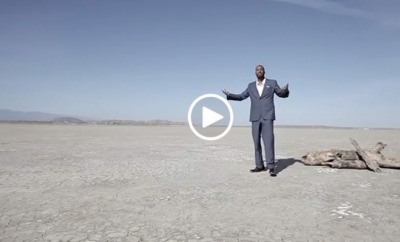













Comments